
Cat Family by Imre Kinszki

images that haunt us







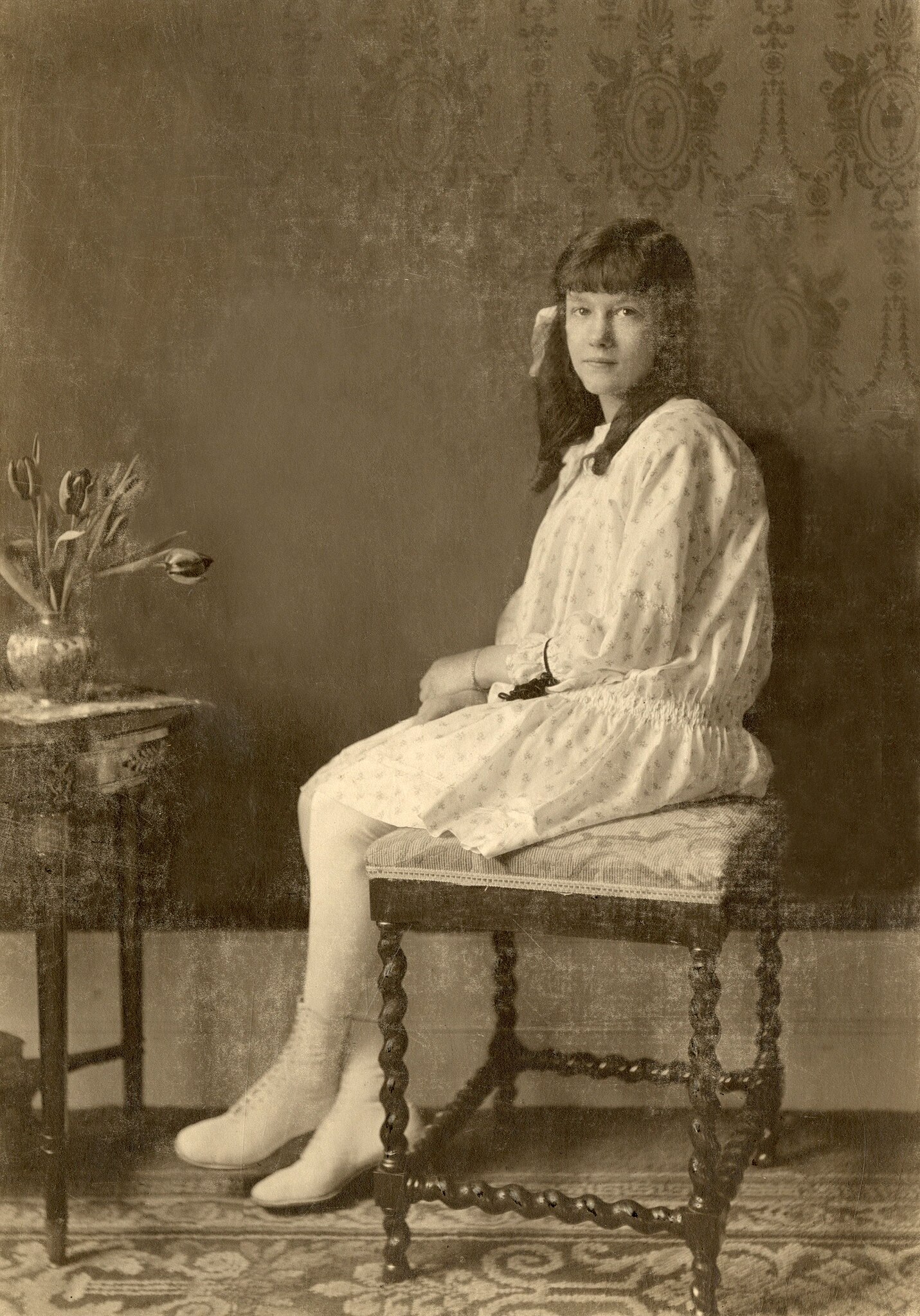
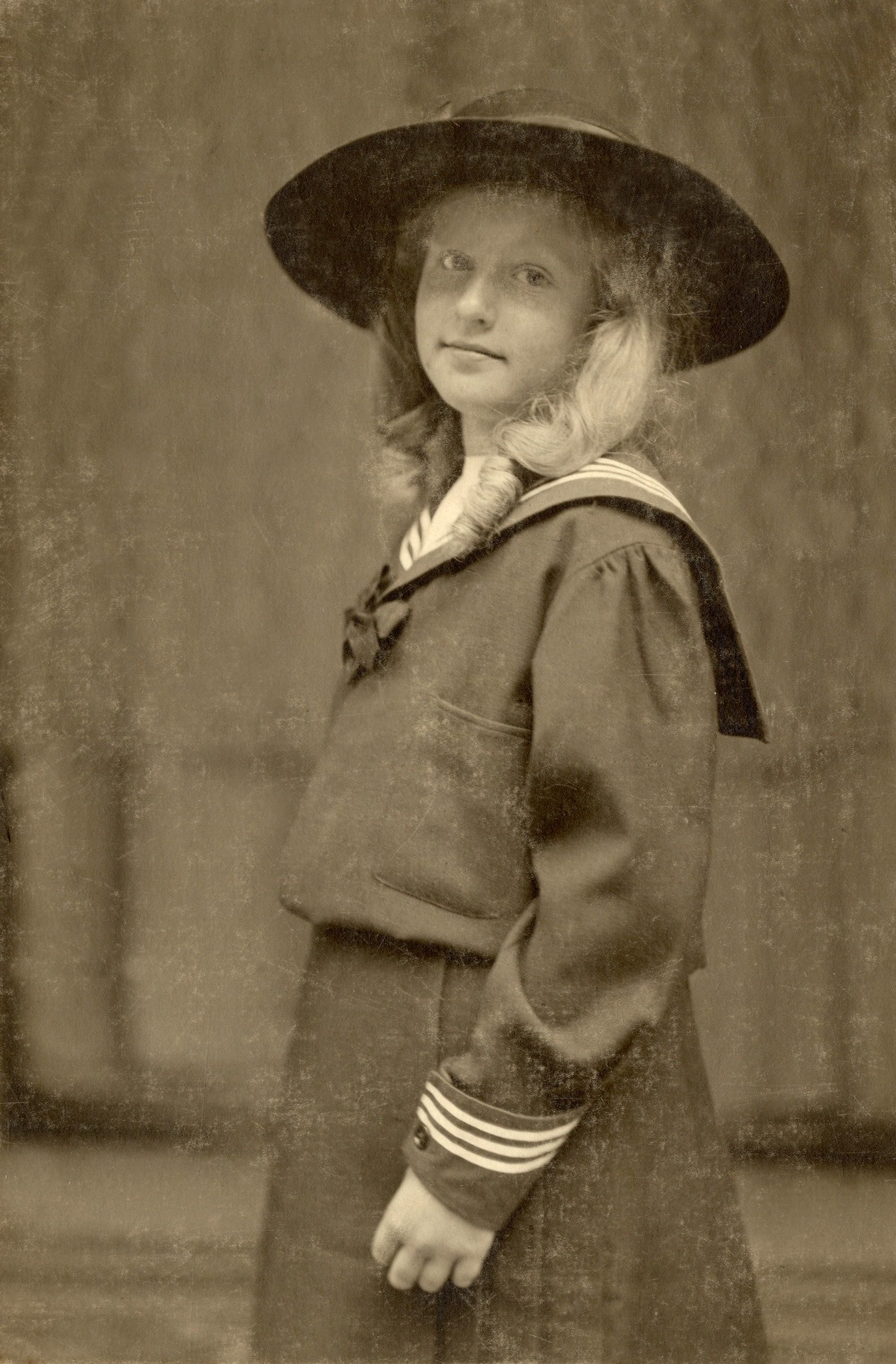
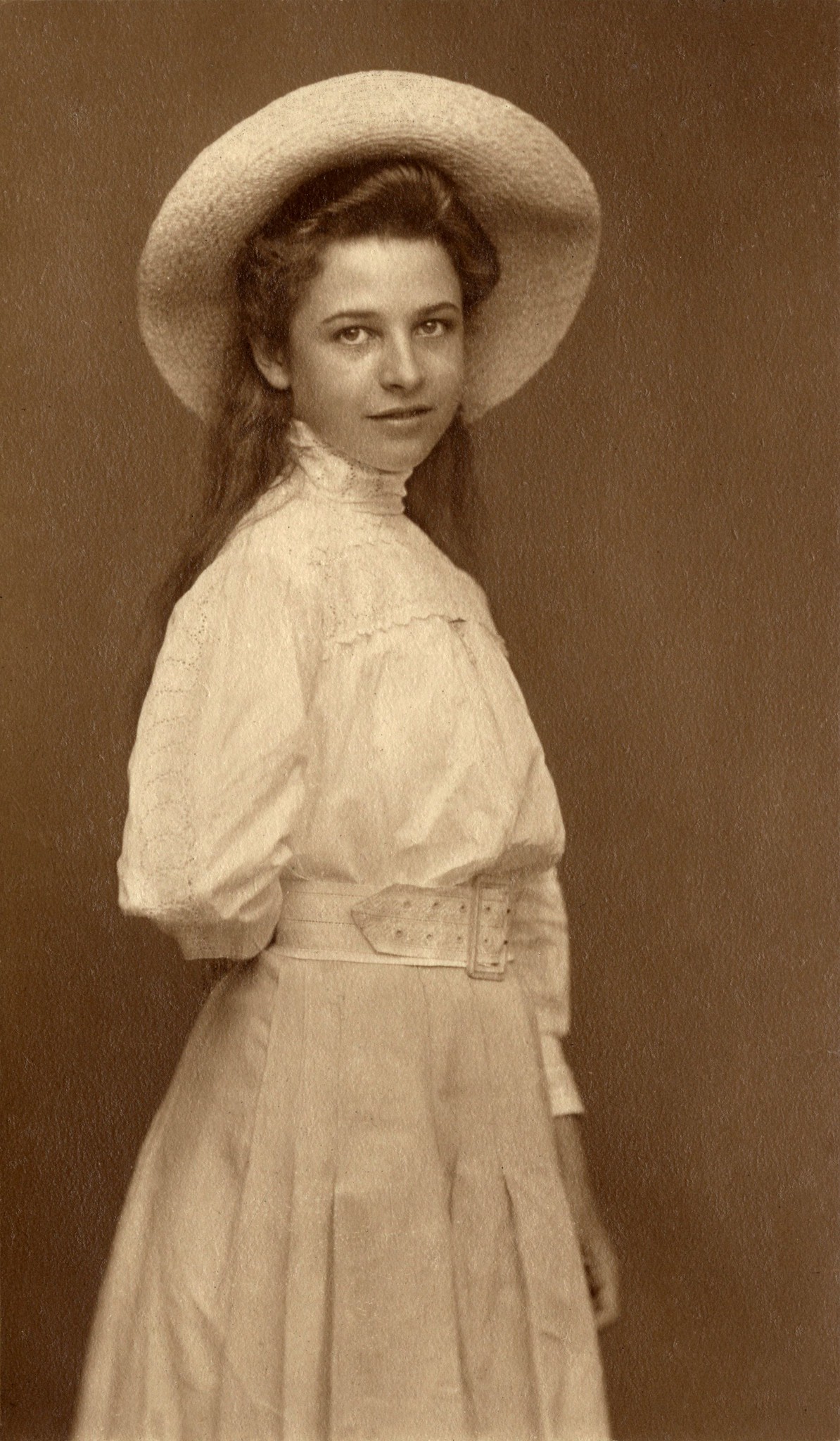
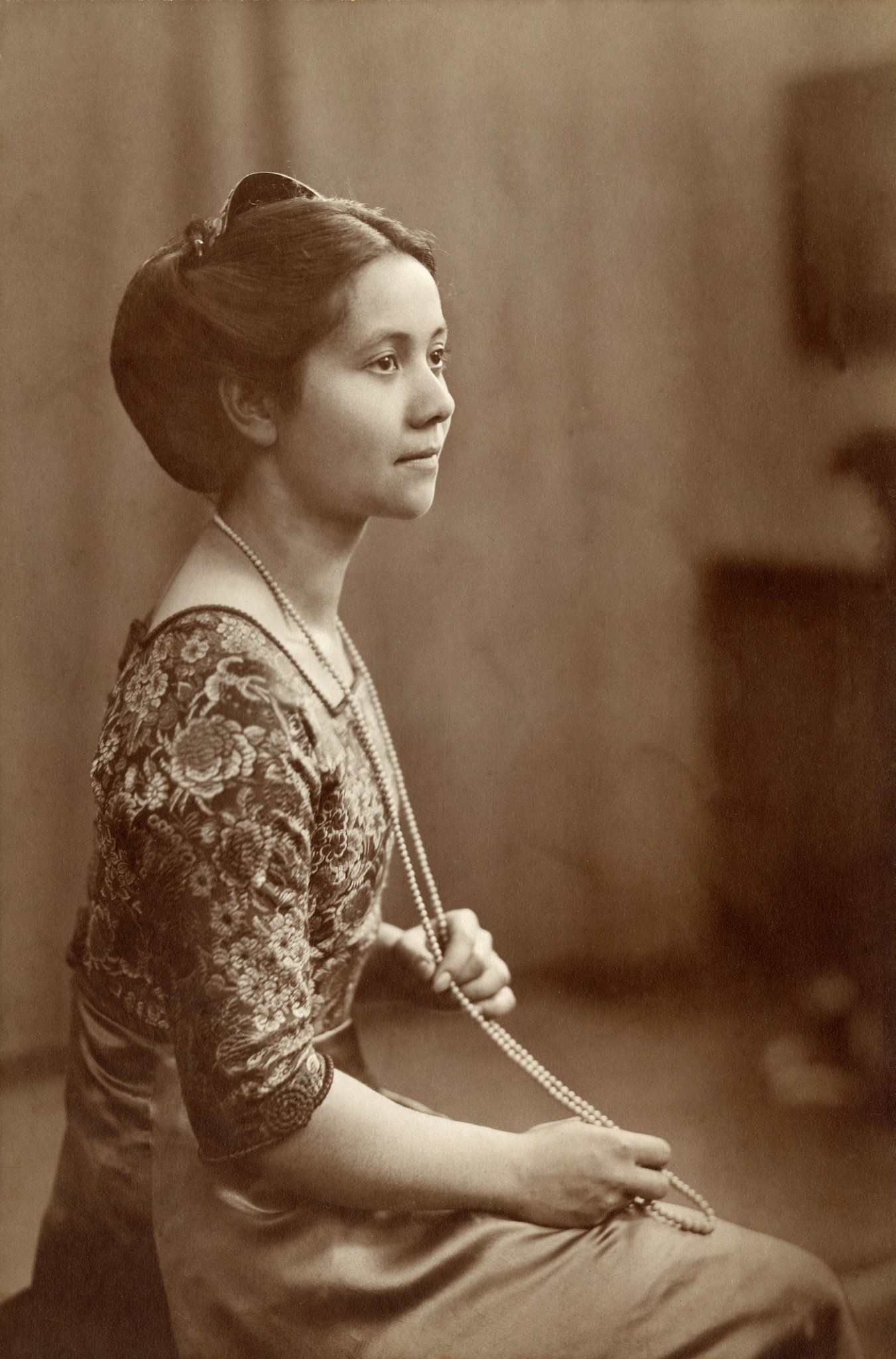




Cilli Wang (1909-2005) was a Viennese dancer and cabaret artist. She attended dance classes at the Vienna Academy of Music and Performing Arts (Max Reinhardt Seminar) with Gertrud Bodenwieser. In 1928 she gave her first performance by dancing to the recitation of the actor Ernst Ceiss.
In the 1930s she evolved into a transformational artist, appearing on cabaret and small art stages, such as Erika Mann’s “Pfeffermühle” in Zurich, the “Catakombe” in Berlin and, not least, in “Lieben Augustin” and “Simpl” in Vienna.
Her trademark were pantomimic dances and performances with parodic, grotesque and illusionistic elements – which she herself called Verwandeleien / transformations (she also designs her own costumes as well as the puppets and props she used).
For her parodic performances, which were a rarity in her time, she was called the Pavlova of Parody. Initially performing in ensembles, her interest was in the connection between spoken word and movement. She created dance movement numbers to Goethe, Wilhelm Busch and Christian Morgenstern, which she recited herself. She parodied Hitler and made fun of folk dances. Her talent for comic numbers led to comparisons with Charlie Chaplin.
text adapted from Theatermuseum Wien & German wikipedia entry
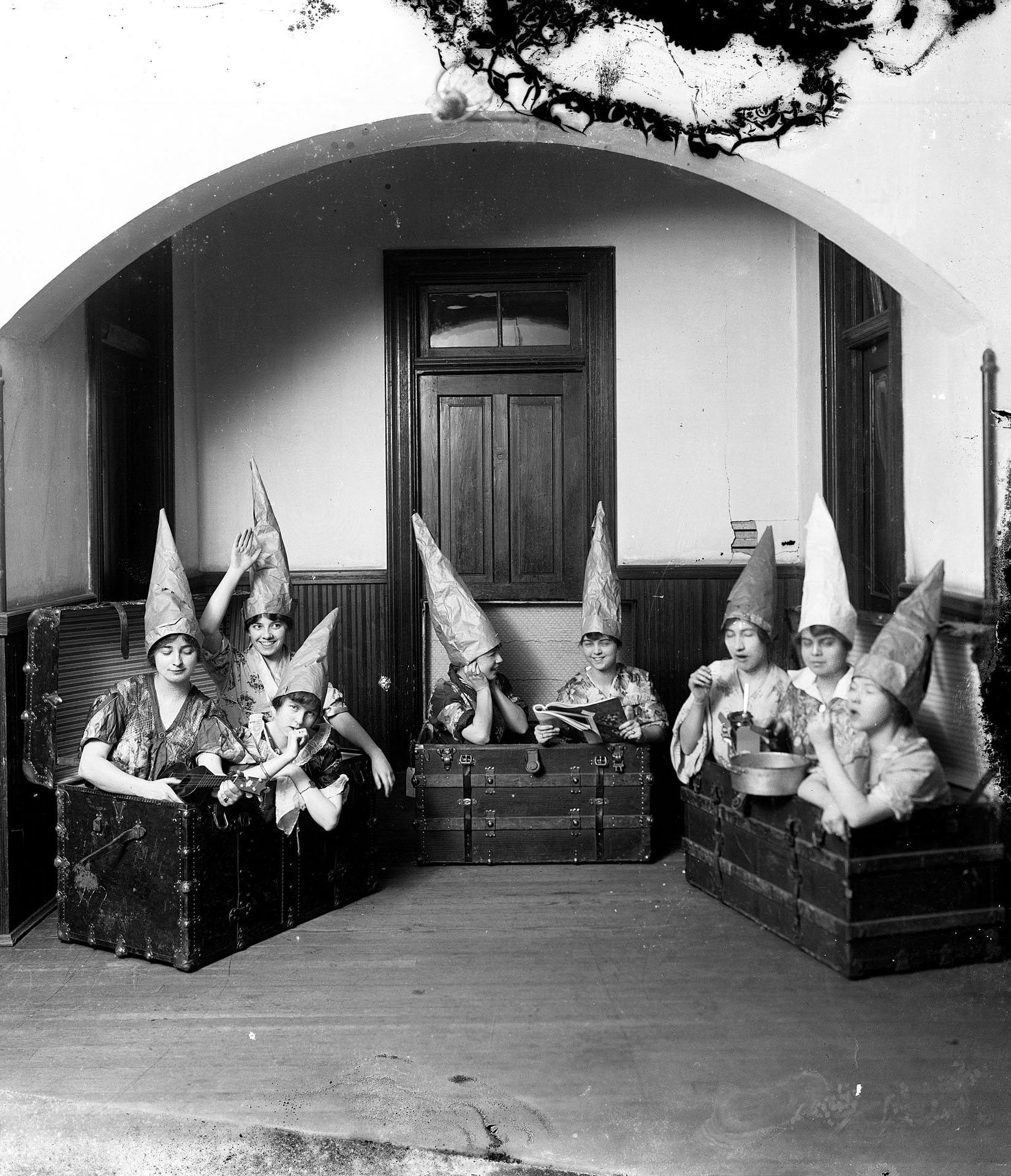

The photograph is titled “Senseless Souls: What fools these mortals be!” and it appears in the 1916 ‘Oak Leaves’ Meredith College yearbook. A poem accompanied the photo in the yearbook in which each stanza refers to the women pictured from left to right. | src State Archives of North Carolina on flickr
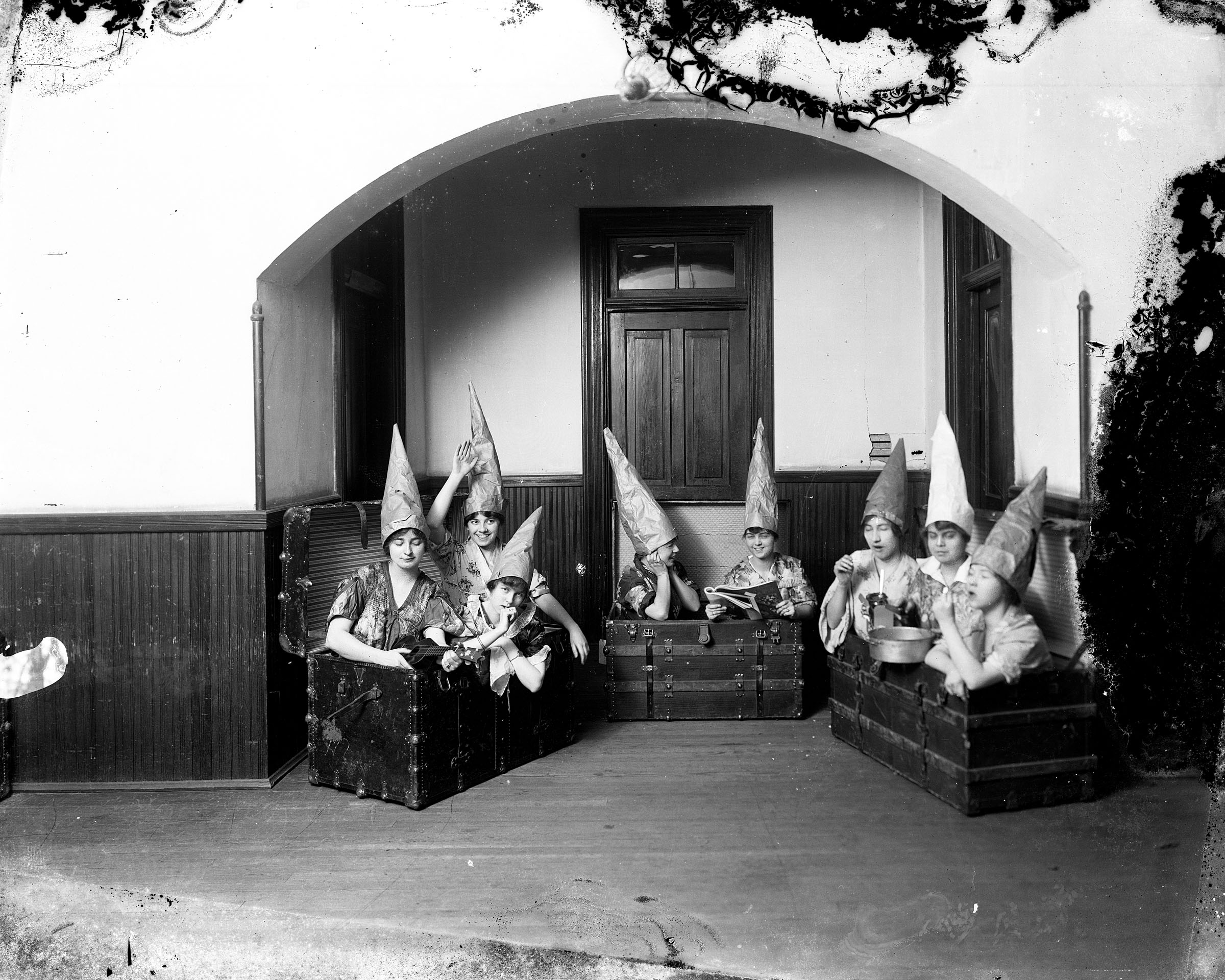
The J. C. Knowles Photograph Collection consists in a collection of glass plate negatives dating from ca. 1900 through the late 1910s, attributed to Wharton & Tyree Studio and Tyree Studio of Raleigh, NC. Based on the age of the negatives, where they were found initially, and a notation on one of the plates, it is likely they were all created by Wharton’s Gallery, 1886-1905, Wharton & Tyree Studio, 1905-1912, and Tyree Studio, 1912-1916 of Raleigh, North Carolina.
Cyrus P. Wharton (1852-1929) operated one of the best-equipped and largest photography studios in North Carolina beginning with Wharton’s Gallery on Fayetteville Street in downtown Raleigh in 1886. In 1905 he partnered with Manly W. Tyree (1877-1916) and operated as the Wharton & Tyree Studio. Wharton appears to have retired in 1911, and Tyree continued on alone as the Tyree Studio until his death.
Negatives from J. C. Knowles collection attribution is as listed below:
1- Wharton’s gallery (1886- 1905)
2- Wharton & Tyree Studio (1905-1911)
3- Tyree Studio (1912-1916)